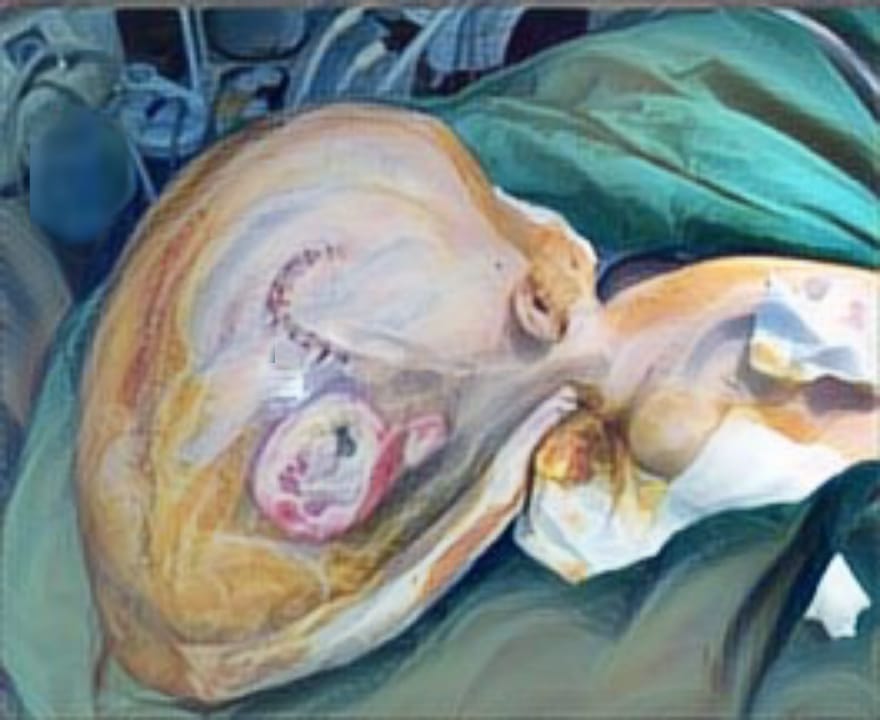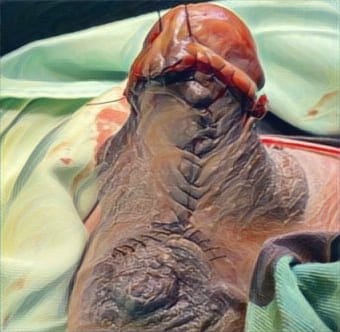A CASE REPORT: REVEALING DELAYED CARDIAC PHENOMENON IN ELECTRICAL BURNS, AN INTERESTING PUZZLE

Downloads
Highlights:
- Electrical injuries pose risks to the heart, with differing outcomes based on voltage exposure.
- The importance of ongoing observation is due to the development of delayed cardiac issues.
- Collaboration among medical specialties is essential to manage electrical burn injuries and associated cardiac complications effectively.
Abstract:
Introduction: Electricity is an integral aspect of modern life but poses potential long-lasting consequences. Electrical burns, although infrequent, hold significant implications and can lead to adverse cardiac outcomes. This study explores the intricate interplay between electrical injuries, neurological responses, and cardiac manifestations, emphasizing the need for comprehensive understanding and management.
Case Illustration: A 28-year-old male tile builder sustained an electrical shock while working on a rooftop. He experienced convulsions and unconsciousness after his hair entangled with a high-voltage cable. Clinical evaluation revealed burns and vital signs within the normal range. Subsequent electrocardiogram (ECG) assessments unveiled ST-segment elevation and hyperacute T waves. Troponin I levels increased on the third day, indicative of a myocardial infarction (MI) induced by the electrical injury.
Discussion: Electrical burns are complex and necessitate a multidisciplinary approach for accurate diagnosis and management. Collaborative efforts involving burn surgeons, cardiologists, and neurologists are essential to comprehend the holistic impact of electric injuries. This case shows that electrical injuries leading to loss of consciousness can later result in heart issues, as evidenced by significant electrocardiogram changes, emphasizing the need for ongoing monitoring. It underscores the importance of an interdisciplinary approach in managing burn injuries, particularly electrical burns, which can have hidden complications.
Conclusion: Understanding the intricate dynamics between electrical injuries, neurological responses, and cardiac outcomes can improve therapeutic strategies and patient outcomes. This case underscores the importance of thorough and all-encompassing management to ensure the best possible care for the patient.
Sayhan MB, et al. Occupational injuries admitted to the emergency department. J Pak Med Assoc. 2013; 63: 179–184.
Akkas M, et al. Cardiac monitoring in patients with electrocution injury. Turk J Trauma Emerg Surg. 2012; 18: 301–4.
Wesner ML HJ. Long-term sequelae of electrical injury. Can Fam Physician. 2013; 59: 935–939.
Iustitiati, M. A. A. et al. COMPARISON OF ABBREVIATED BURN SEVERITY INDEX (ABSI) SCORE WITH R-BAUX SCORE AS A PREDICTOR OF MORTALITY IN BURN PATIENTS. J Rekonstruksi Dan Estetik. 2022; 7: 43–50.
Elfiah, U. et al. A CASE REPORT: RISK OF ELECTRIC INJURY ON DELAYED INITIAL TREATMENT. J Rekonstruksi Dan Estetik. 2019; 4: 14–24.
DM F. Delayed lethal arrhythmia after an electrical injury. Emerg Med J. 2007; 24: 743.
Waldmann V, et al. Electrical cardiac injuries: current concepts and management. Eur Hear J. 2018; 39: 1459–65.
Spies C TR. Narrative review: Electrocution and life-threatening electrical injuries. Ann Intern Med.s 2006; 145: 531–7.
Biering K, et al. Contacts with general practitioner, sick leave and work participation after electrical injuries: a register-based, matched cohort study. Occup Env Med. 2021; 78: 54–60.
Arrowsmith J, et al. Electrical injury and the frequency of cardiac complications. Burns.1997; 23: 576–578.
Stockly OR, et al. The impact of electrical injuries on long-term outcomes: a Burn Model System National Database study. Burns. 2020; 46: 352–9.
Xenopoulos N, et al. Myocardial injury in electrocution. Am Heart J. 1991; 122: 1481–1484.
Tan MJ. Electrical Injuries: Cardiovascular implication and management. Int J Sci Adv. 2023; 4: 76–81.
Dahlstrom. SDJJ. Neurogenic Shock. StatPearls Publishing, https://www.ncbi.nlm.nih.gov/books/NBK459361/ (2022).
Bose A, et al. Cardiac troponin I: A potent biomarker for myocardial damage assessment following high voltage electric burn. Indian J Plast Surg. 2016; 49: 406–409.
Copyright (c) 2023 Evan Widiono, Ahmad Fawzy, Yudi Prasetyo

This work is licensed under a Creative Commons Attribution-ShareAlike 4.0 International License.
JURNAL REKONSTRUKSI DAN ESTETIK by Unair is licensed under a Creative Commons Attribution-ShareAlike 4.0 International License.
- The journal allows the author to hold copyright of the article without restriction
- The journal allows the author(s) to retain publishing rights without restrictions.
- The legal formal aspect of journal publication accessbility refers to Creative Commons Attribution Share-Alike (CC BY-SA)



















